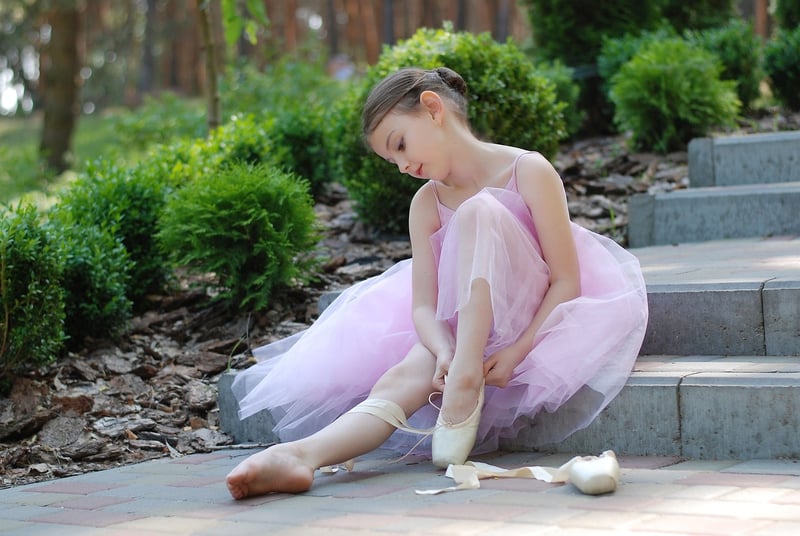Contemporary
The Power of Expressive Movement in Contemporary Art
Contemporary art often pushes boundaries and challenges traditional norms, and one of the most powerful tools at its disposal is expressive movement. By incorporating movement into their work, artists can convey emotions, tell stories, and engage viewers in unique and captivating ways.
What is Expressive Movement?
Expressive movement in art involves the use of the human body or other elements to create dynamic and visually compelling compositions. It can range from subtle gestures to bold, sweeping motions, depending on the artist's intent and style. Through movement, artists can explore themes of identity, politics, nature, and more, inviting viewers to experience the artwork on a deeper level.
Examples of Expressive Movement in Contemporary Art
Many contemporary artists have embraced expressive movement as a central element of their practice. For instance, performance artists like Marina Abramović use their bodies as a medium to explore concepts of endurance, vulnerability, and connection. Through her daring performances, Abramović invites audiences to witness the power of the human body in motion.
Similarly, dancers like Akram Khan blend traditional dance forms with modern choreography to create breathtaking performances that speak to universal themes of struggle, resilience, and cultural identity. Khan's work transcends language barriers, offering audiences a visceral and emotional experience through the language of movement.
The Impact of Expressive Movement
Expressive movement has the power to evoke strong emotions, provoke thought, and spark meaningful conversations. In a world saturated with images and information, movement-based art stands out for its ability to engage the senses and create memorable experiences. Whether through dance, performance art, or multimedia installations, artists continue to harness the power of movement to push artistic boundaries and connect with audiences in profound ways.
Conclusion
As contemporary art continues to evolve and expand, expressive movement remains a vital and compelling form of artistic expression. By incorporating movement into their work, artists can transcend traditional boundaries and invite viewers to explore complex ideas and emotions in new and exciting ways. Whether through the graceful gestures of a dancer or the daring performances of a performance artist, expressive movement has the power to captivate, inspire, and challenge us to see the world in a different light.

Image source: Pixabay
